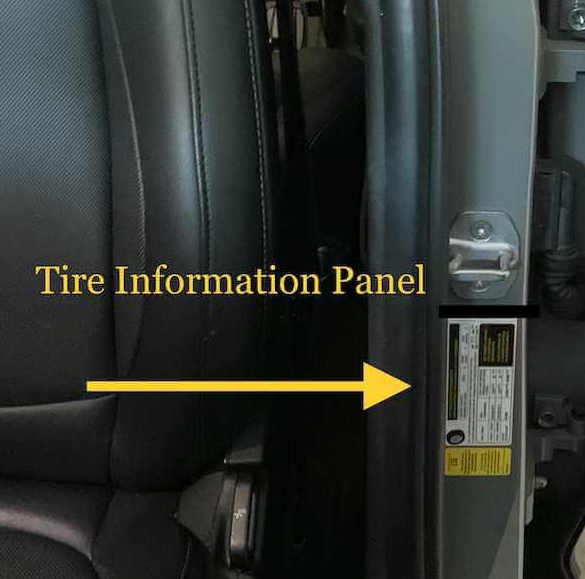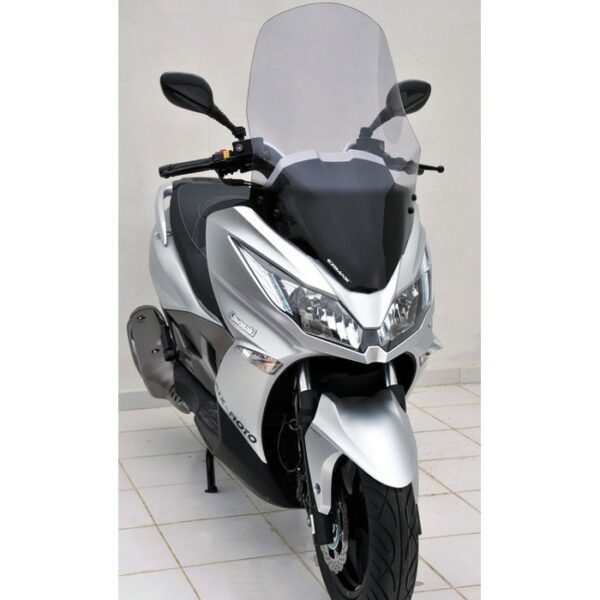
Why do car tires go down in the cold?
Content
If you notice an exclamation point U-shaped light on your dashboard, know it's time to top up your tire pressure. Most drivers find that this light is most active during the colder months. So why do tires deflate in winter? How to protect tires from the cold? Chapel Hill Tire mechanics are always ready to help.
Winter air compression and tire pressure
The reason your tires go flat in winter is the same reason doctors tell you to put ice on an injury: cold temperatures cause compression. Let's take a closer look at the science:
- Warmer molecules move faster. These fast-moving molecules move farther apart and take up extra space.
- Cooler molecules move more slowly and stay closer together, taking up less space when compressed.
This is why ice can help reduce swelling in injuries. However, for your tires, this means that the air no longer provides the same pressure. When the air in your tires compresses, it can make your car vulnerable to the road.
Effects and risks of low tire pressure
What happens if you ignore this dash light and drive with low tire pressure? This can jeopardize your vehicle, tires and your safety. Here are some of the problems you can expect from driving with low tire pressure:
- Decreased vehicle handling Tires play a vital role in helping your vehicle to start, stop and steer. Low tire pressure can reduce your vehicle's handling, affecting your safety on the road.
- Increased tread wear: Low tire pressure causes more of your tire's tread to be on the road, resulting in increased and uneven wear.
- Deterioration in fuel economy: Have you ever ridden a bike with low tire pressure? If so, then you understand that low tire pressure makes your car work a lot harder. This can lead to a sharp increase in fuel consumption, which will make you pay more at the gas station.
What to do if the low tire pressure light comes on
Can I drive with low tire pressure? When the low tire pressure light comes on, there is no need to panic. You don't want to drive for a long time with low tire pressure, but you can drive to work or school if you plan to inflate your tires soon after. You can even get free tire refills at your local mechanic shop.
If your tire pressure is low for reasons other than cold weather, you may need additional services:
- If the low tire pressure is caused by a nail in the tire or another puncture, a simple troubleshooting service will be required.
- If your tire is struggling to maintain tire pressure due to sidewall problems, age, or other signs of wear, you will need new tires.
How much should I restore tire pressure?
Many drivers assume that tire pressure information (PSI) is contained in the tire's DOT number. While some tires have printed pressure information, this is not always the case. However, there are easier ways to find out how much you should inflate your tires.
The easiest way is to check the tire info panel for details on your desired PSI. This insight can be found inside the driver's side door jamb. Just open the door, face the rear of the car and look along the metal frame for the tire information sticker. It will tell you the ideal pressure for your tires. You can also often find this information in the user manual.

Tire Refueling & Fitting: Chapel Hill Tire
If cold weather is bothering your tires, the local mechanics at Chapel Hill Tire are here to help. We offer complimentary refueling services, among other amenities to help keep Triangle Drive Happy. Chapel Hill Tire has 9 locations in Raleigh, Apex, Carrborough, Chapel Hill and Durham. We also proudly serve nearby communities including Wake Forest, Pittsboro, Cary and more. You can make an appointment here online or give us a call to get started today!
Back to resources
